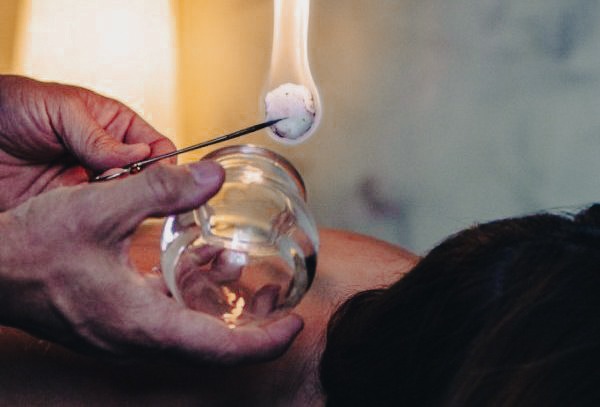
Acupuncture in the City
Acupuncture is a highly effective form of treatment for various conditions. It is socially catalytic, can reduce pain, and provide a range of health benefits. In addition, it can be used as an intervention in many areas of society. Several cities are struggling with various issues that are linked to the city.
Socially catalytic intervention
The concept of urban acupuncture is a conceptual framework that applies urban design principles to the city's energy flows. This new approach aims to rejuvenate the city by regulating the flow of energy within the city. Moreover, it extends the scope of the medical theory of acupuncture to the larger context of the city, which can lead to greater social, physical, and economic regeneration.
The urban acupuncture process works by using small interventions to reshape the larger urban context. These interventions are chosen based on a comprehensive analysis of the city's economic, ecological, and social factors. In addition, it involves a dialogue between designers and the local community. This strategy aims to identify the parts of the city that require repair and to revitalize them. These interventions can be applied to public spaces, infrastructure, and even neighborhoods.
Urban acupuncture aims to touch the collective psyche of the City Acupuncture. This psyche is expressed through collective consciousness. As the collective conscious strives to reach the absolute, urban acupuncture projects aim to achieve total impact through light touch. The total is a fragment of the absolute, but it reflects the absolute in the city.
Pain relief method
Acupuncture is an ancient form of medicine that has gained international recognition for its effectiveness as a pain relief method. The process involves inserting thin needles into the body to relieve pain. Acupuncture is effective in treating various internal organ problems. It is safe and cost-effective and has few side effects.
The number of acupuncture points in the human body is estimated to be 400. Most of these points are located along the main meridians that run throughout the body. These meridians play an important role in transporting life energy throughout the body. Additionally, twenty subcutaneous meridians affect surrounding tissues. Plant City Natural Medicine & Pain Center utilizes this knowledge to provide natural pain relief for their patients.
Acupuncture can help treat acute or chronic pain, depending on the severity of the condition. People suffering from acute pain may see results within one session, while those suffering from chronic pain may need several treatments. Acupuncture can also help overcome anxiety and sleep disorders. It can be a good complement to other medical treatments, such as drugs and surgery.
Treatment for many conditions
Among the many health benefits of acupuncture, this ancient treatment has been practiced for thousands of years. It is a natural way to relieve pain and improve overall health. It works by stimulating specific points on the body called meridians, which allow the flow of energy to be balanced. In this way, acupuncture helps cure a variety of physical and mental conditions.
For example, acupuncture has been proven to help relieve the symptoms of PMS, irregular periods, menopause, and pregnancy. It can also help relieve pain and discomfort associated with these conditions. Many people also find it beneficial for their digestion. Acupuncture can also help with weight loss.
Besides preventing and treating many conditions, acupuncture can help with stress and anxiety. Acupuncture helps to balance the body's systems and encourages the production of red blood cells, T-cells, and white blood cells. It can also decrease stress and boost the immune system.
Cost
The cost of acupuncture in the city can be quite expensive. The cost for a first-time visit can be anywhere from $15 to $400, and follow-up visits will typically cost around $20-$300. The cost for a single session varies widely, but the average cost of acupuncture in the East Village is $39, and the cost of follow-up visits can be even higher.
Fortunately, acupuncture is increasingly becoming covered by health insurance, and many states are moving toward a 100% coverage standard. By 2022, health insurance sold in Oregon and Colorado will be required to cover up to 12 sessions per year. The cost of acupuncture varies widely, but most policies cover between $15 and $25 for each visit. However, you might have to pay out of pocket if you are seeking treatment with an out-of-network practitioner. If so, the insurer will usually negotiate a discounted rate with practitioners.
Depending on your insurance plan, acupuncture sessions at community clinics are generally less expensive than those at private practices. Some clinics even offer sliding scales to help patients afford their sessions. Medicare also covers acupuncture for chronic lower back pain. Part B pays 80% of the cost of acupuncture sessions, with the patient having to pay the remaining 20% out of pocket. Medicaid also covers acupuncture treatments in some states. In Oregon, Medicaid administrators expanded coverage of acupuncture treatment in 2016.

Comments (0)